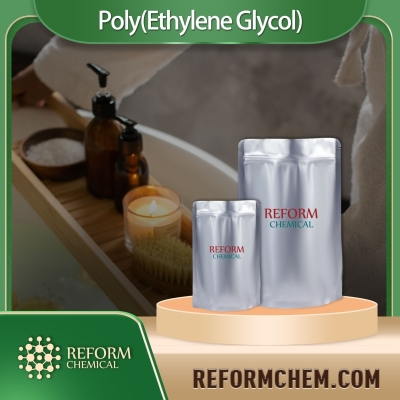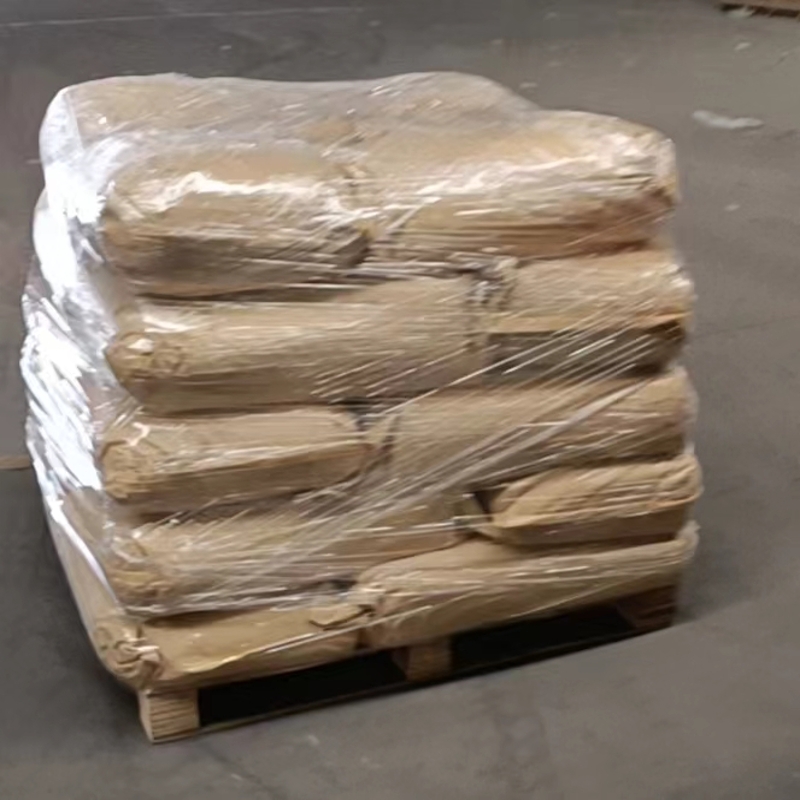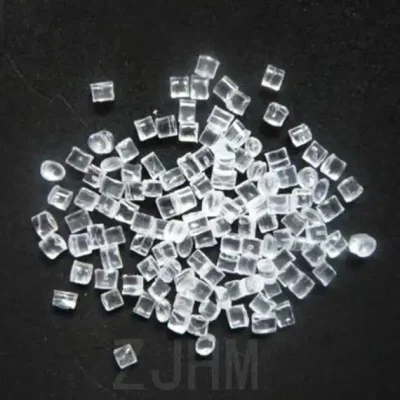-
Categories
-
Pharmaceutical Intermediates
-
Active Pharmaceutical Ingredients
-
Food Additives
- Industrial Coatings
- Agrochemicals
- Dyes and Pigments
- Surfactant
- Flavors and Fragrances
- Chemical Reagents
- Catalyst and Auxiliary
- Natural Products
- Inorganic Chemistry
-
Organic Chemistry
-
Biochemical Engineering
- Analytical Chemistry
-
Cosmetic Ingredient
- Water Treatment Chemical
-
Pharmaceutical Intermediates
Promotion
ECHEMI Mall
Wholesale
Weekly Price
Exhibition
News
-
Trade Service
At present, the remaining dry sludge produced by urban sewage treatment plants in China is close to 2 million tons (9 million tons of sludge with 80% water content).
It is expected that the annual dry sludge output will reach 6 million tons (with 80% water content) in the next five years.
27 million tons of sludge)
.
The treatment and disposal of sludge are indispensable in sewage treatment
11.
2.
1 Sludge thickening equipment
The main forms of sludge concentration are gravity concentration, air flotation concentration and centrifugal concentration
.
Considering the two factors of cost and benefit, air flotation is the best method for concentration, but some flocculants need to be added to ensure efficiency
(1) Gravity concentration Gravity concentration is essentially a precipitation process, which belongs to compression precipitation
.
Because the sludge is highly concentrated before concentration, the particles are in contact with each other
Figure 11-19 Structure of gravity concentration tank
(2) Air flotation concentration The density of primary sludge is 1.
02~1.
Figure 11-20 Basic form of air flotation concentration tank
(3) Centrifugal concentration The power of centrifugal concentration is centrifugal force
.
For the activated sludge that is not easy to handle and concentrate, a centrifuge can be used to concentrate it.
At the same time, the centrifugal thickening process is carried out in a closed centrifuge, so it will not produce foul smell
Related links: mechanical aeration equipment







